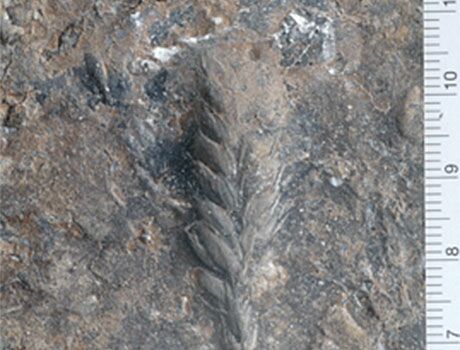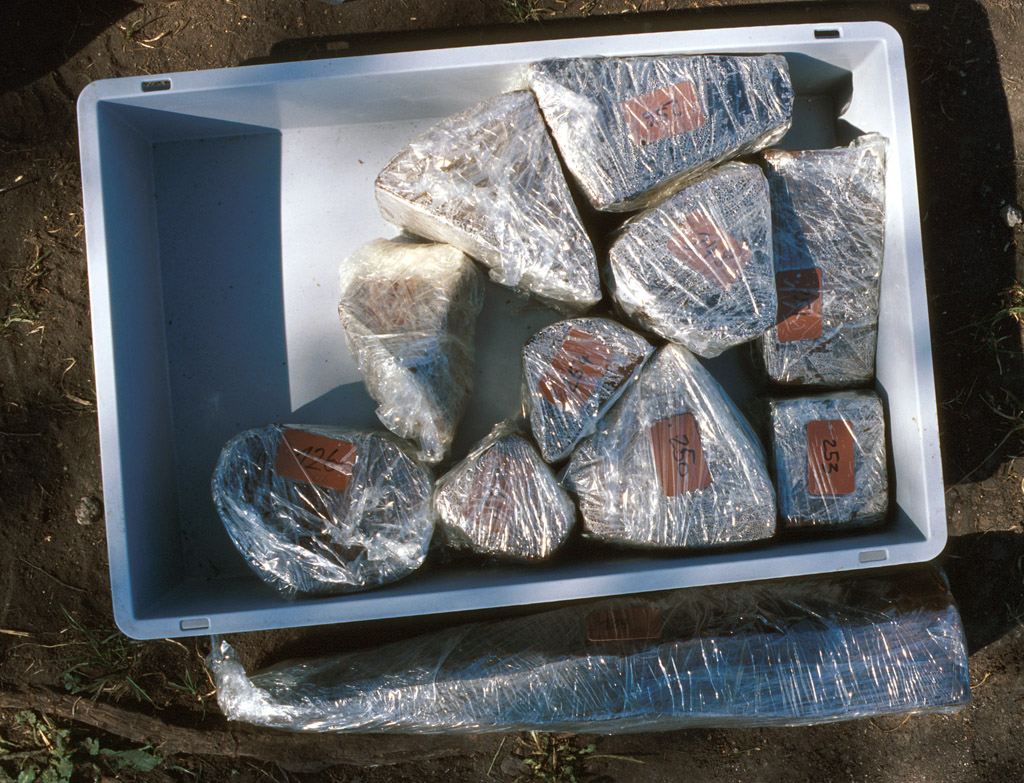Scientific methods
The archaeological sites located in lakes and bogs are excellent archives for natural scientific studies, in particular for biosciences (Archaeobiology and Archaeozoology), Palaeolimnology (the study of inland waters and ecosystems) and climate research. Other scientific disciplines applied in pile-dwelling research are palynology (analysis of pollen), sedimentology and pedology (analysis of sediments and soils), malacology and entomology (analysis of molluscs and insects). Also of great importance is the possibility of attributing the annual growth ring sequences of the constructional timbers found to a particular period of time (dendrochronology).

Archaeobiology und Archaeozoology
Not many other types of sites in Europe have preservation conditions as favourable as the pile dwellings. This applies to bones of mammals, birds, amphibians and fish as well as to remains of cultivated plants and the natural vegetation from the surroundings of the settlements.
In contrast, the poor conditions at dryland sites result in a distortion of the range of plants, since species with a greater likelihood of becoming charred are overrepresented. This applies to cereals for instance. Wild herbs and gathered plants, on the other hand, are underrepresented. The lakeside settlements thus help to interpret the finds from dryland sites too.

Dendrochronology
The numerous constructional timbers provide ideal conditions for the dating of individual houses or entire village units to the year by using dendrochronology: the structure of the timbers is preserved so that the tree-rings can easily be measured. Their pattern is like a bar code that has recorded the sequence of good and poor years of growth. The comparison with reference chronologies reveals the exact position within the timeline of the tree-ring sequence measured. If the last tree-ring inside the bark has survived, this gives the actual year the tree was felled.
More than 100,000 pile-dwelling timbers have already been dated using this method. This does not only allow us to reconstruct the building history of the villages to the year but it also means that the finds can be dated with an accuracy that is unique worldwide. Finally, in many cases the pile-dwelling sites bear great potential for future climate change research. Tree-ring analyses offer invaluable insight into the climate and environmental conditions.





